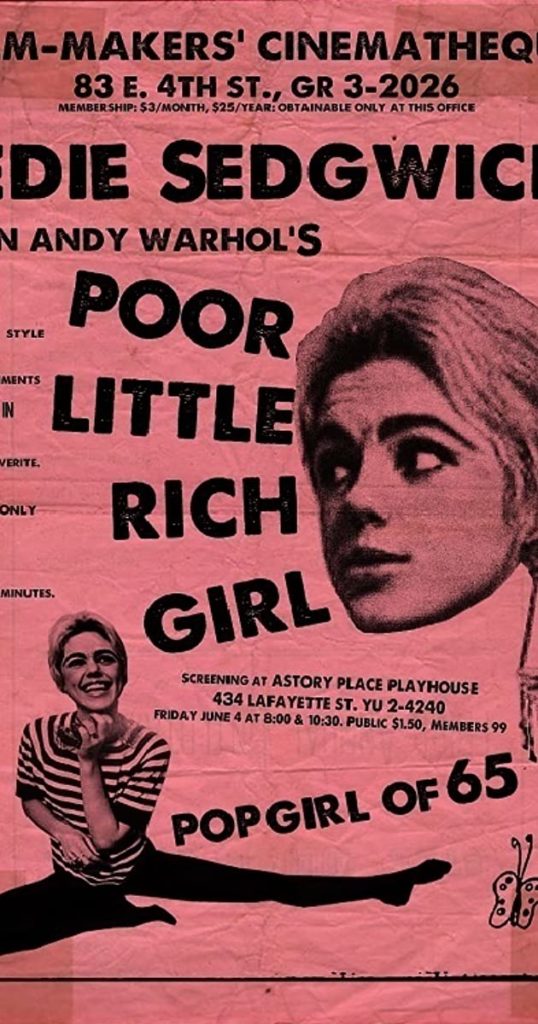The financial delusions of the lower upper class

I’m a big fan of Mark Tushnet’s scholarship. I’m very much not a fan of this type of social analysis, responding to the news that Amy Coney Barrett got a book deal that features a two million dollar advance:
Reflecting on the reported advance for Amy Coney Barrett’s book: She has a salary of $265,600, a spouse who works for a small law firm, and seven kids, at least some of whom are going to go to college someday. Is it too — I don’t know — banal to suggest that she might actually need the money? (I say this as a law professor who financed 11 years of higher education for my children out of my share of royalties on an admittedly widely used casebook.)
We (the legal academic community) tend to overlook the fact that Supreme Court justices are basically ordinary reasonably well-to-do people who have private lives, which for some include, shockingly, their families. That means that sometimes they face stresses of a common sort.
One of the consequences of the plutocratic frenzy of the new gilded age is that people who one would hope would think of themselves as “rich” instead think of themselves “basically ordinary [though] reasonably well-to-do,” aka part of the extraordinarily elastic American upper middle class.
Let’s take a look at how reasonably well to do Amy Coney Barrett is.
First, her financial disclosure forms from last fall, at the time of her SCOTUS nomination, reveal a purported net worth of $2.6 million, which sounds more than reasonable, given that the median net worth of American households is about 5% of that. I say “purportedly” because she listed the family residence as being worth $518K (with a $102K mortgage outstanding), yet just seven months later she and her husband listed that very same house for sale for $900K, which apparently was a more than reasonable asking price, since it went under contract the same day it was listed.
The house in question can fairly be called what most people would consider a mansion.
As for the Coney Barrett household’s ordinary annual income without regard to book deals etc., while it’s true that Jesse Barrett is a partner at a small firm, it appears to be a fairly lucrative enterprise. In any event, I very much doubt that someone who has been an Assistant United States Attorney for 13 years would leave that job for the world of private law practice without the prospect of getting a considerable raise from the low six-figure salary that goes with the former position, given that being an AUSA is much more prestigious and far more generally desirable than the typical private practice job.
In sum I would be shocked if Amy and Jesse aren’t collectively pulling in at least $500K a year from their day gigs, again with no consideration for the fact that a publisher decided that Amy’s six months on the SCOTUS suddenly meant that her musings on judicial philosophy were worth seven figures up front.
Not to mention, though I will, that there’s a gigantic difference between getting $265,600 per year for doing a job FROM WHICH YOU CAN NEVER BE FIRED, and which features a pension plan that guarantees that you will get YOUR ENTIRE ANNUAL SALARY EVERY YEAR FOR THE REST OF YOUR LIFE, once you decide to “retire,” and the ordinary sort of job, i.e., something you can lose at any moment in the land of at will employment, and which features no defined pension benefits of any kind, let alone the amazing deal that federal judges get.
All of which is to say that Amy Coney Barrett is flat loaded from any realistic social perspective, although it’s clear we shouldn’t be expecting too much in the way of realistic social perspectives from senior Harvard Law School professors (typical salary, $400Kish more or less; this of course is another unicorn job from which people can never be fired).
The larger point here is that denizens of the lower upper class, of which I’m one, find it remarkably easy to overlook how fantastically privileged they (we) actually are, because they (we) are constantly encouraged to compare themselves to the members of the Upper Upper Class, who consider $500,000 to be walking around money, as they say on the Upper Upper East Side. (This town’s wearing tatters).


